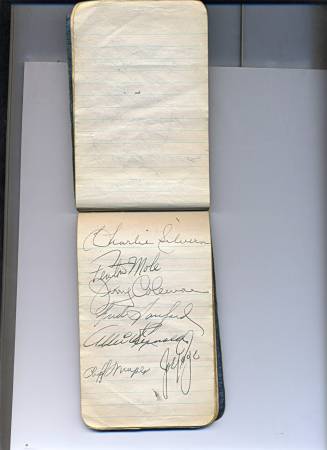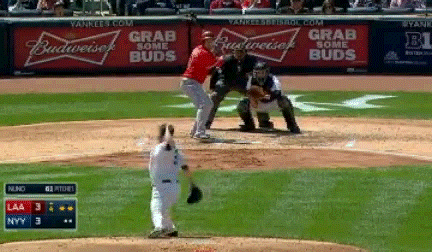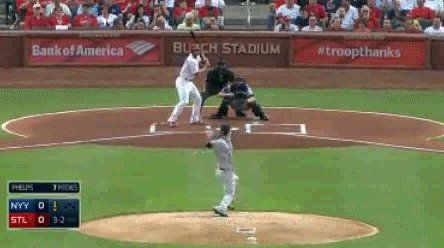
After a hot start to the season, top-ranked shortstop Abiatal Avelino saw his numbers dip quite a bit from previous seasons.
Grade: C-
2014 Statistics: .247/.308/.351, 2 HR, 18 2B, 11 SB
2014 Level/Roster Status: Single-A/Non-40
Now that Derek Jeter has officially ended his twenty year stint at shortstop, the Yankees are finally in the market for another one. It would be great if they could replace him with someone from the farm system, but if you were hoping that it would be Abiatal Avelino in a few years, he certainly didn't make a case for himself this season.
He got off to a hot start in the Gulf Coast League, hitting .355/.394/.548 with 6 doubles through just 8 games. He was quickly promoted to Charleston where his performance dipped quite a bit. He ended up hitting just .232/.296/.323 through 220 at-bats in Low-A. Interestingly, the Yankees' former vice president of baseball operations, Mark Newman, picked Avelino as an early standout back in May. He had a .367 OBP and 11 stolen bases at that time. That means he didn't steal a single base after May 3rd. Granted, he went on the DL with a quad injury on May 10 after he pulled it running to first base and ended up missing a full two months before he returned on July 12th. While it's likely that the injury and missed time contributed to his down season, he still had a good six weeks before the season ended to try and rebound.
Although he's only 19-years-old, Avelino's 2014 season was his worst since becoming a minor leaguer back in 2012. In 2012 he hit .302/.398/.374, and he was able to match those numbers in 2013 by hitting .303/.381/.399. This season he experienced a noticeable drop in his stolen base numbers, which were previously in the 20s. He was also caught stealing five times. Again, he did miss two months with injury, but it's odd that he didn't even attempt to steal a single base after returning in July. Maybe they were cautious of testing his leg after missing so much time. Other signs that he struggled in Low-A include both his strikeouts and walks. In 2014, Avelino saw his strikeout percentage rise all the way to 18.2% in Charleston, while his walk percentage also dropped from prior years down to just 7%.
In August, Jim Callis of MLB.com ranked Avelino 22nd of the prospects in the Yankees system. He was described as having a strong arm at shortstop and showing the ability to play solid defense. Though he certainly doesn't show much power with the bat, he is able to line hits into the gaps. Avelino has been considered to be the Yankees top shortstop in the farm, and if he wants to retain that title, he's going to need to show the ability to bounce back to the numbers he put up in 2012 and 2013. He's still far from the majors, so he has plenty of time to show that this season was a fluke.
































